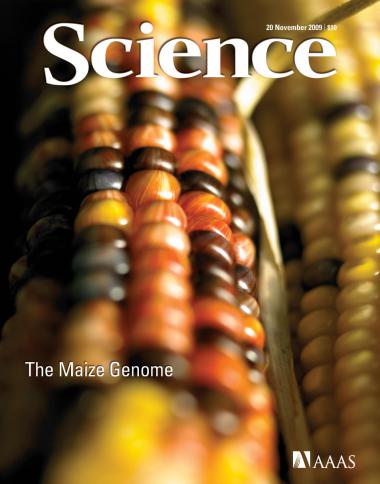100 days of science: UA corn-genetics work enabling quicker adaptations for vital crop
The Arizona Daily Star's Centennial salute to science in Arizona runs all summer. Each day, for 100 days, we'll record a milestone in the state's scientific history.
Researchers at the University of Arizona followed up their 2004 sequencing of the rice genome with work on the other important cereal crop - corn.
It took about 50 researchers - including 10 working full time at the UA - $30 million and four years to produce a blueprint for manipulating the corn, or maize, genome.
That was a big improvement over the six years and $200 million it took to crack the code for rice. Improvements in knowledge, techniques and equipment are quickly chipping away at the cost of genetic research, said Rod Wing, director of the Arizona Genomics Institute.
Similar studies could be done today for $500,000, Wing said.
The roadmaps produced by the plant geneticists will enable quicker adaptations for a host of food crops, said Wing.
Corn is actually a bigger deal than rice in the United States, though its genetic manipulations and uses have been under attack. Most of the $47 billion corn economy in the United States comes from sales of ethanol, animal feed and high-fructose processed foods.
It remains, however, an important cereal crop worldwide, one that has been cultivated and genetically shaped for 10,000 years, beginning in Mexico and Mesoamerica.
Yeisoo Yu, a research associate professor at the Arizona Genomics Institute, worked with Wing on the map of the maize strain known as B73 and also co-authored a companion study with the UA's Carol Soderlund that identified sets of characteristics that are unique to maize.
It remains the biggest plant genome decoded so far, with 2.5 billion base pairs covering 10 chromosomes, with 85 percent of its DNA composed of transposable elements.
On StarNet: Covering topics from the cosmos to the invisible world of nanotechnology: the Scientific Bent blog at azstarnet.com/ scientificbent
Sources: Rod Wing; Science, National Science Foundation; Arizona Daily Star archives


